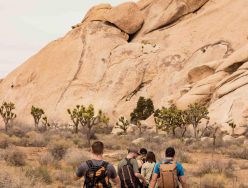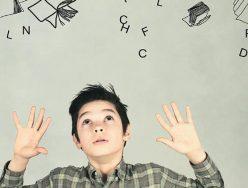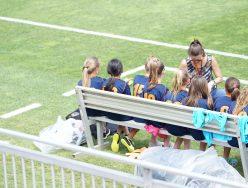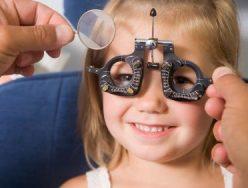This is the last of our series. We will discuss learning disabilities, autism, and behavior differences.
Learning Disability
A learning disability is a disorder in which spoken or written language, thinking, speaking, reading, writing, spelling, or mathematical calculations is a struggle. That learner is typically one or more grade levels below the average child, and for that individual, learning is quite difficult. Milestones in motor skills and memorization are inhibited. If a teacher or trainer can provide activities using the learner’s strengths, increased visual and verbal directions, and hands-on experiences, the learner can experience success. Many people misunderstand students with learning disabilities and mistakenly characterize them as lazy, weird, and socially impaired. These persons learn differently, and the attuned teacher or trainer must realize that learners should work in their own ways.

























